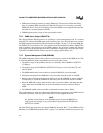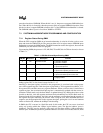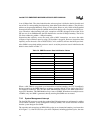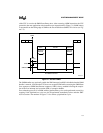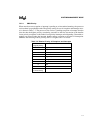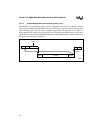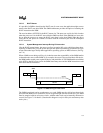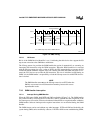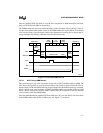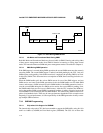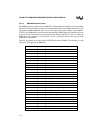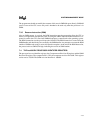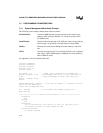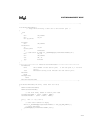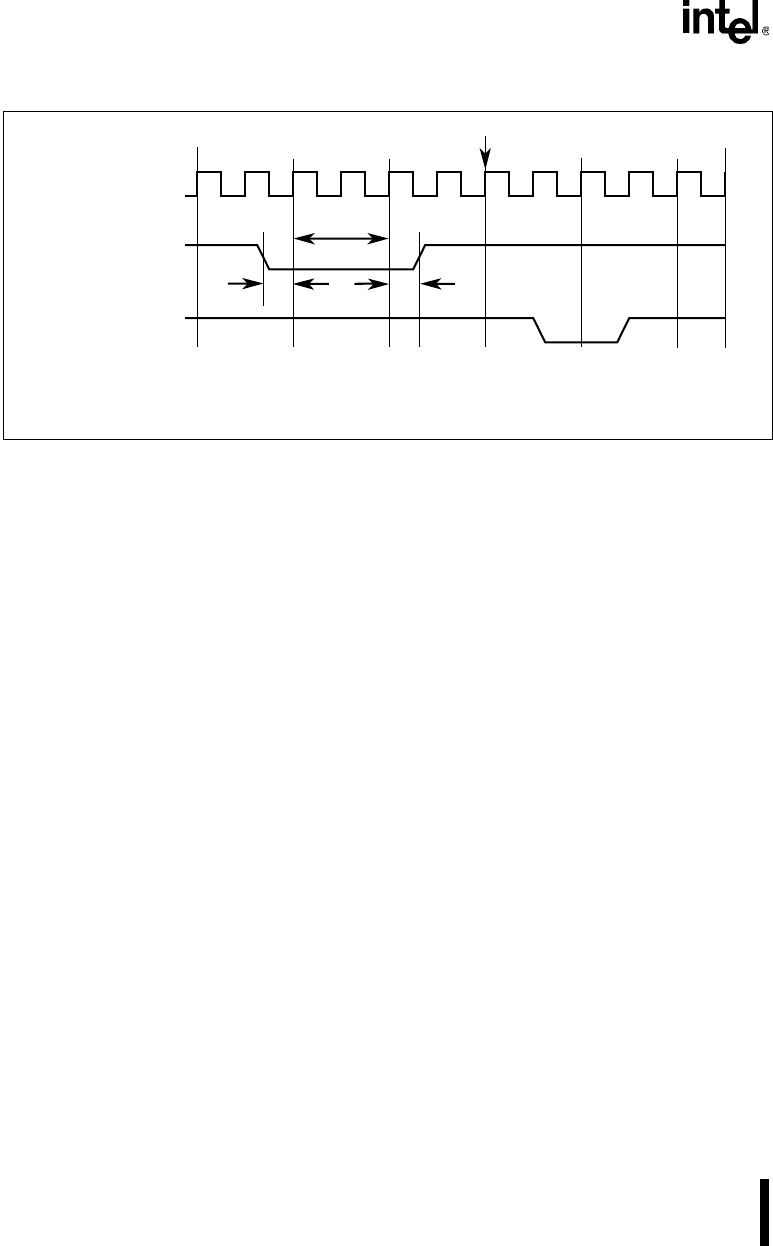
Intel386™ EX EMBEDDED MICROPROCESSOR USER’S MANUAL
7-10
Figure 7-5. SMI# Timing
7.3.2.5 I/O Restart
Bit 16 of the SMM Revision Identifier is set (1) indicating that this device does support the I/O
trap restart extension to the SMM base architecture.
The I/O trap restart slot provides the SMM handler the option of automatically re-executing an
interrupted I/O instruction using the RSM instruction. When the RSM instruction is executed
with the I/O trap restart slot set to a value of 0FFH, the CPU automatically re-executes the I/O
instruction that the SMI# has trapped. If the slot contains 00H when the RSM instruction is exe-
cuted, the CPU does not re-execute the I/O instruction. This slot is initialized to 00H during an
SMI#. It is the SMM handler’s responsibility to load the I/O trap restart slot with 0FFH when re-
start is desired.
NOTE
The SMM handler must not set the I/O trap restart slot to 0FFH when the
SMI# is not asserted on an I/O instruction boundary, because this causes
unpredictable results.
7.3.3 SMM Handler Interruption
7.3.3.1 Interrupt During SMM Handler
When the CPU enters SMM, both INTR and NMI are disabled (Figure 7-6). The SMM handler
may enable INTR by executing the STI instruction. NMI is enabled after the completion of the
first interrupt service routine (software or hardware initiated ISR) or exception handler within the
SMM handler. Software interrupt and exception instructions are not blocked during the SMM
handler.
The SMM feature can be used without any other interrupts. INTR and NMI are blocked by the
system during SMI#, unless enabled by software. If INTR or NMI are not enabled during SMM,
A2511-02
CLK2
Priority Arbitration
SMI#
Sampled
T
su
T
hold
SMI#
RDY#
T
su
= SMI# setup time, T
hold
= SMI# hold time



